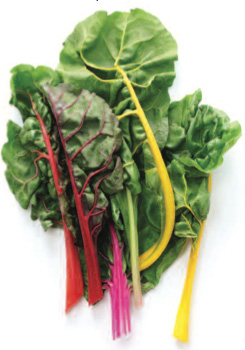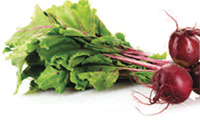For those who really need a boost
BY SAMANTHA WRIGHT
CENTURIES AGO, Hippocrates (the father of modern medicine) said, “Let food be your medicine, and let medicine be your food.” This statement emphasized the healing power of a nutritious diet. And if you want the best, go green. Experts agree that dark green, leafy vegetables (fresh and organic) are the nutritional powerhouse. Loaded with vitamins, minerals, and phytonutrients, dark green leaves are great for your body and gentle on your budget. Plus, they’re easy to slip into your diet (think tasty smoothies, mouth-watering salads, succulent casseroles, yummy soups, and hearty sauces). To top it off, there are many options to choose from. Here are some of our favorites, and tips on how to prepare them.
| KALE With kale, the sky is the limit. You can make kale chips, kale pesto, kale quiche, kale soup, kale lasagna, kale slaw, kale juice, and kale pizza. You can also add a cup to your pasta, or sauté a serving with oil, garlic, and seasonings.
Don’t be so quick to throw this treasure away. Radish greens are a member of the “bitter family,” but they’re definitely a winner. The key is to mince and blend them with delicious items (such as goat cheese dip, whipped feta spread, salad dressing, or a creamy sauce). 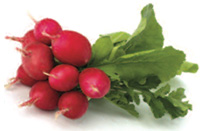  
SPINACH
Many of the beneficial nutrients in spinach are sensitive to heat. So it’s best to eat your spinach raw, or lightly steamed. Use it in your salads; stuff it in your sandwiches, burritos, tacos, and wraps; and blend it in your smoothies. |
COLLARD GREENS MUSTARD GREENS
|
SWISS CHARD
BEET GREENS |



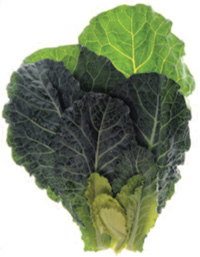
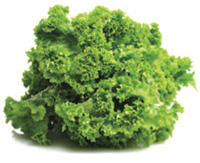 palate, you can choose either tender leaves (generally milder) or mature leaves (stronger in flavor). To tame the bitterness, add enhancers (such as heat, olive oil, toasted nuts, prosciutto, soy sauce, sesame oil, or caramelized onions).
palate, you can choose either tender leaves (generally milder) or mature leaves (stronger in flavor). To tame the bitterness, add enhancers (such as heat, olive oil, toasted nuts, prosciutto, soy sauce, sesame oil, or caramelized onions).